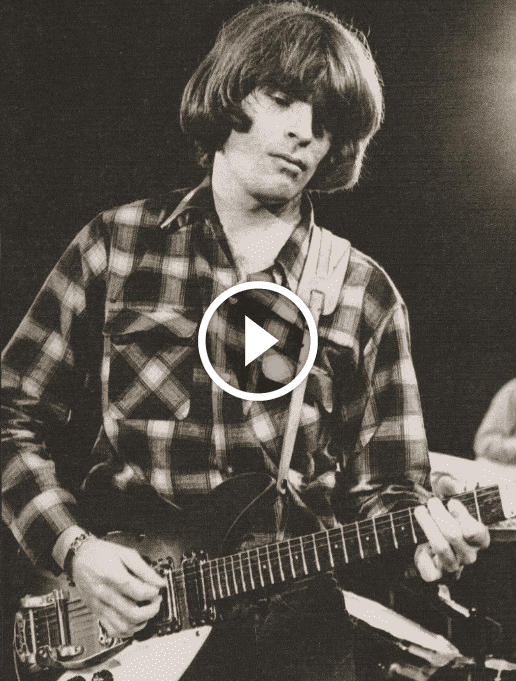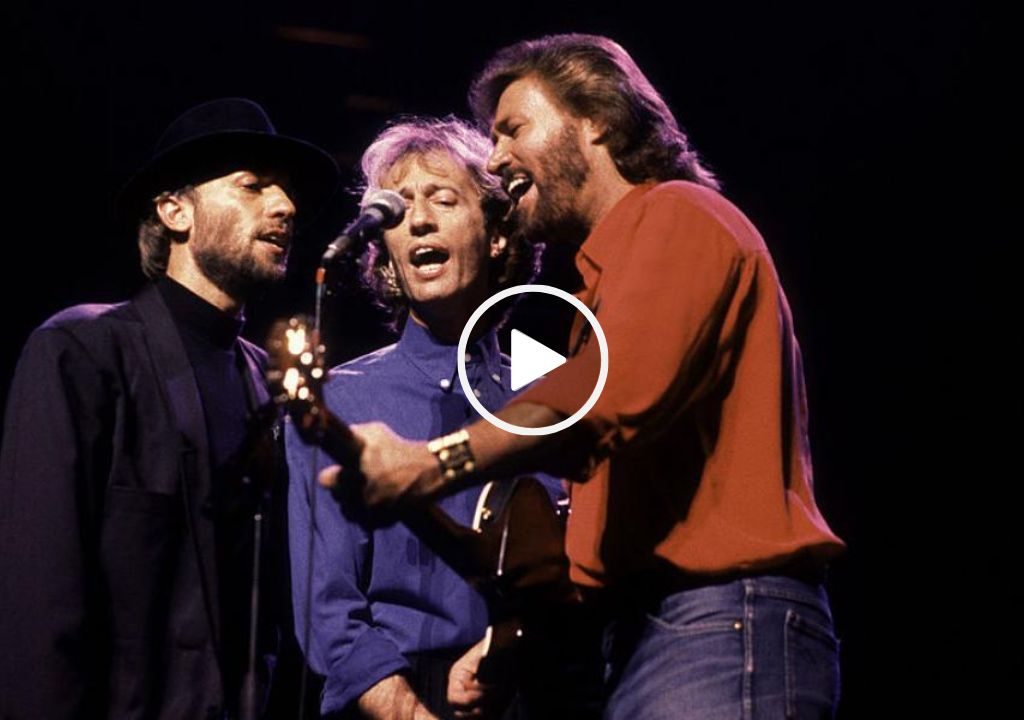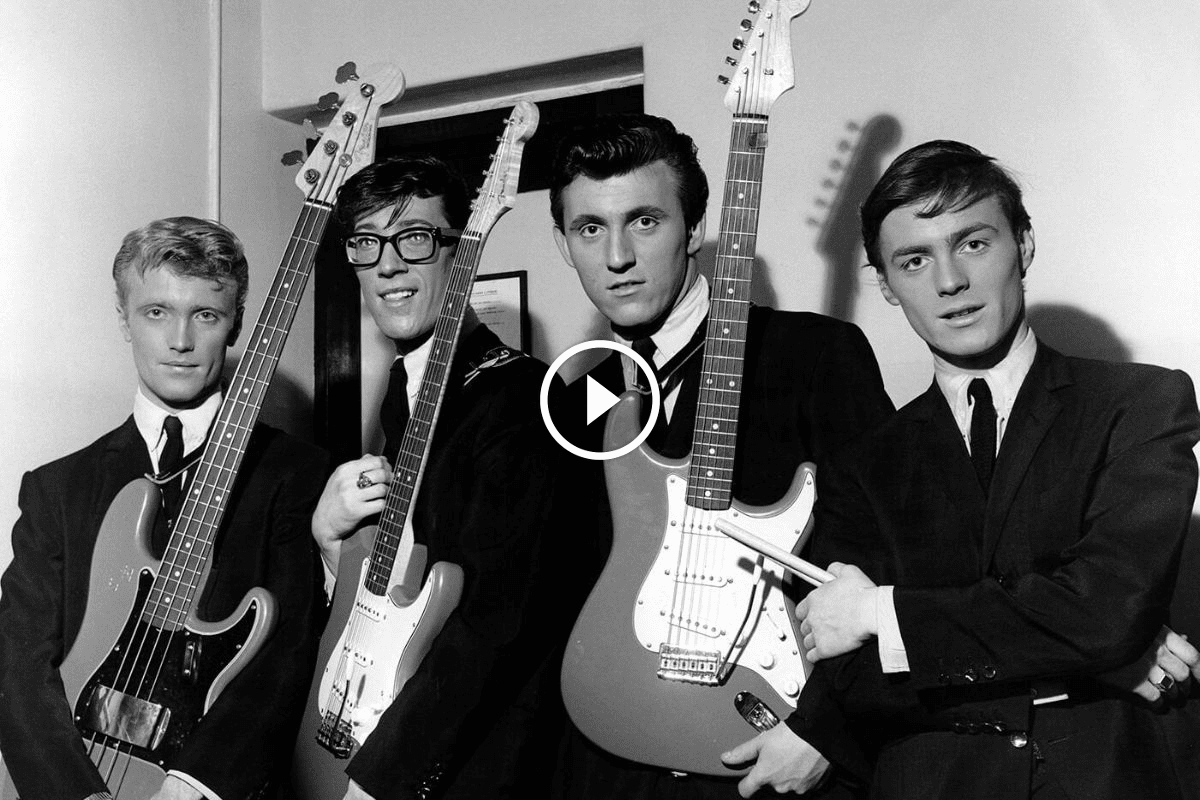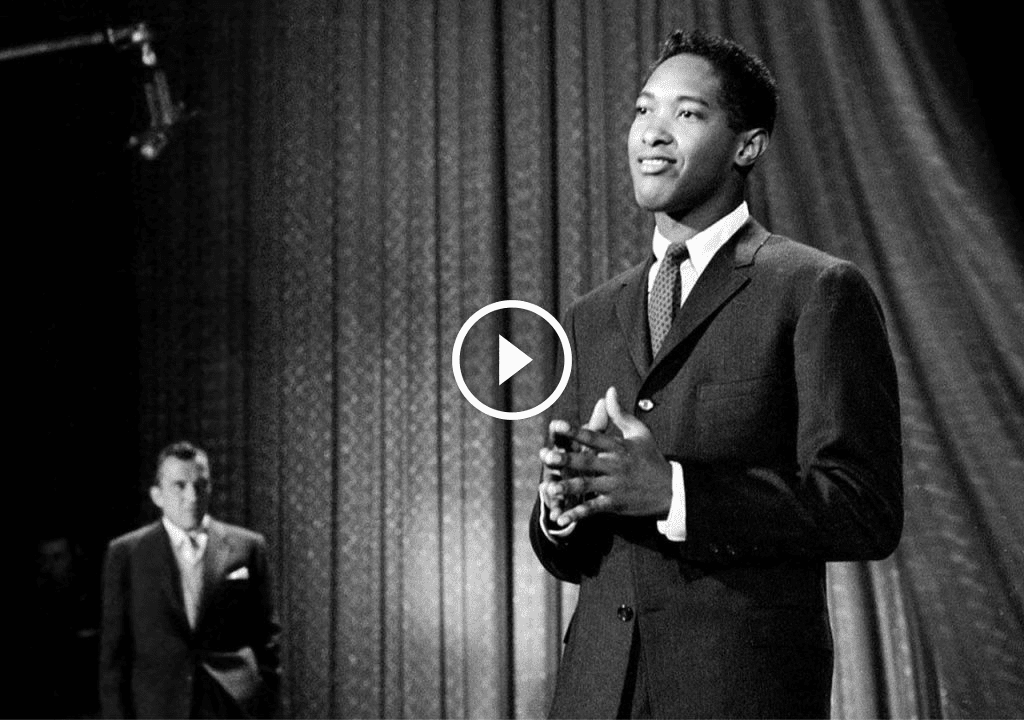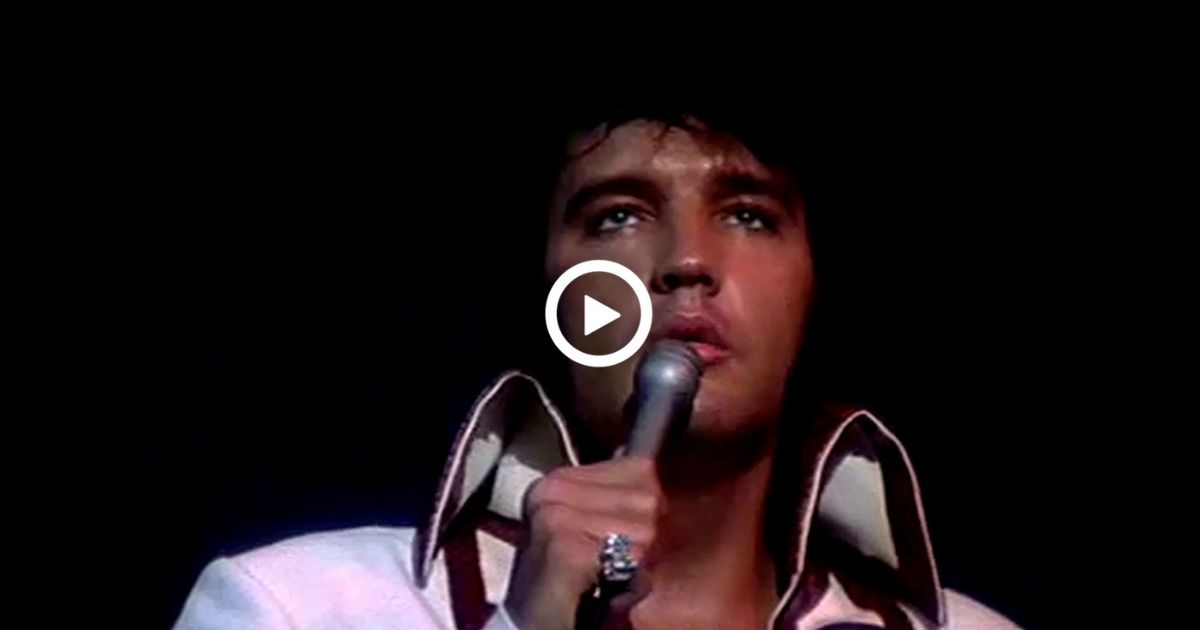John Fogerty’s “Have You Ever Seen the Rain?” stands as a timeless ballad, capturing the raw emotions of loss, longing, and the ever-present question of resilience in the face of change. Released in 1970 on Creedence Clearwater Revival’s album Pendulum, the song quickly resonated with a generation grappling with the social and political turmoil of the late 1960s and early 1970s.
Composed by Fogerty himself, the song’s enduring appeal lies in its relatable narrative and its ability to evoke a spectrum of emotions. The lyrics paint a vivid picture of a world in flux, with lines like “I went out to walk the other day / Down by the docks in the misty morning,” and “Oh, I believe in the sweet things / But I ain’t never seen such a broken sky.” The song’s title question, repeated throughout the chorus, serves as a potent symbol of loss, questioning not only the physical disappearance of familiar elements but also the fading of hope and optimism.
The musical arrangement of “Have You Ever Seen the Rain?” perfectly complements the emotional core of the song. The melancholic melody, featuring prominent acoustic guitar and piano, creates a sense of introspection and contemplation. The gentle yet steady drumming and subtle bassline provide a foundation for the song’s emotional journey. Fogerty’s vocals deserve particular mention in this exploration of the song. His raspy and emotive delivery effectively conveys the protagonist’s sense of loss, longing, and the lingering hope that persists despite the challenges faced.
While the song’s specific historical context is undeniable, its themes of loss, change, and the search for meaning transcend specific eras. “Have You Ever Seen the Rain?” continues to resonate with listeners due to its exploration of universal human experiences. The song serves as a reminder of the impermanence of life, the challenges of navigating change, and the enduring hope that allows us to move forward even in the face of adversity.
This exploration of “Have You Ever Seen the Rain?” delves beyond the surface of the song, examining its origins within the context of Creedence Clearwater Revival’s career and the turbulent social and political climate of the late 1960s and early 1970s. Through a critical lens, we will analyze the song’s lyrical depth, the emotional impact of the musical arrangement, and its significance as a timeless ballad capturing the complexities of human experience in the face of loss and change.
